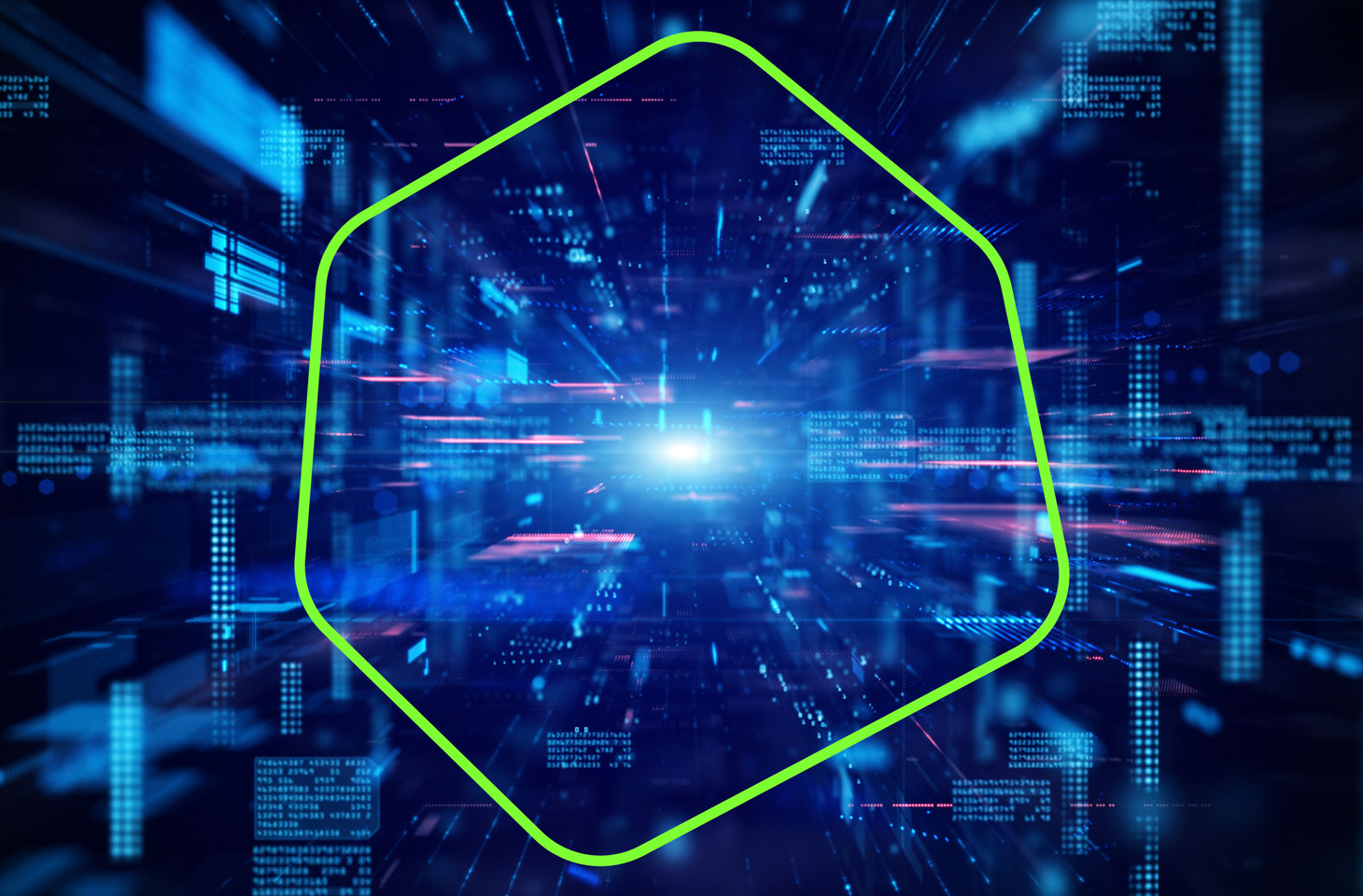As technologies evolve and their use cases become more concrete, business leaders look at how best they can leverage them to achieve business outcomes in a more efficient and effective way. This is a continuous journey and it is known as ‘digital transformation’. In the last one year, the pace of digital transformation has skyrocketed more than ever before. As organizations were forced to transform their IT infrastructure completely or up to a great extent, the existing cyber security architectures needed to adapt to the new business environment. Cybersecurity has always been a critical focus area for IT leaders, however the unprecedented disruption at an overwhelming scale has further acted as a catalyst.
In the direction towards reimagining security, Endpoint Detection and Response, referred to as EDR, has been a prime focus of cyber security professionals and IT decision makers, as the pandemic-driven shift to remote workforce has emphasized the role of endpoint security on a greater scale. As enterprises connect with corporate networks from their own devices, there has been a significant surge in the number of endpoints. With IT teams having little or no control on their employees’ personal devices, the need-of-the-hour is to reimagine the cybersecurity approach with endpoint security among key focus areas. In line with this, enterprises need to revisit their EDR deployment and align it with the current business processes, driven by mobile centric remote workforce.
While EDR continues to remain instrumental in enabling cyber resilience in enterprises, a lot is being talked about Extended Detection and Response (XDR) solutions and how it differs from its predecessor, EDR, it is crucial to understand the two technologies. As new methods of threat actors emerge and the cyberthreat landscape expands, enterprises are looking at how they can leverage new cybersecurity solutions such as XDR to strengthen their security framework. The true benefits of XDR can be availed only when it’s deployed in the right environment, with a strong foundational endpoint security mechanism.
Let’s look at the three most important considerations that enterprise IT leaders must focus on before evaluating the XDR implementation.
Knowing the ‘X’ factor: As the name suggests, Extended Detection and Response or XDR must be seen as an extension to the existing scenarios of detection and response. It must be noted that endpoint attacks continue to dominate the threat landscape and they are on rise, especially with the increase in the number of endpoints. Hence, a strong EDR solution needs to be in place in order to detect, respond to and mitigate attacks originated at endpoints. As an extended arm of EDR, an XDR platform further consolidates various layers of security into an automated information security system, designed to proactively detect attacks at various infrastructure levels, hunt hidden threats, respond to them, and counter complex threats. This integrated platform provides a single-pane view of security solutions and threat incidents at various levels of the network, thereby significantly increasing the IT team’s ability to identify and respond to every potential threat. However, XDR can’t replace basic security solutions such as EDR; on the contrary, they are most often built on the basis of these solutions and form the basis of the overall security structure of the enterprise.
Creating an enabling environment: While XDR provides significant benefits to enterprises and strengthens their threat detection and response capabilities, it is important to realign your resources to build a conducive environment to get the best of your investment. From an expertise perspective, having the right IT resources with the right skills is essential before looking at XDR implementation. It is crucial to equip your IT teams with the expertise to monitor threats on an XDR platform, respond to them and mitigate potential threats that may be flagged. On the IT infrastructure front, interoperability and integration capabilities of your organization’s current security solutions play a vital role in ensuring seamless functioning of XDR platforms. It is paramount to have security systems that talk with each other in the first place, which would define the effectiveness of an XDR platform.
Understanding your organization needs: The most basic, but also the most important thing is to know what your organization’s IT infrastructure needs. IT leaders and decision makers have the responsibility to develop and maintain the best suited IT infrastructure for their business needs, while limiting their IT spend in the most cost effective way. This leads them to rethink their current needs before they evaluate new solutions available in the market – are these really needed? Is your organization’s IT infrastructure too diverse and complex which would require an XDR platform to gain a unified visibility? Does your existing infrastructure setup require you to look beyond EDR? These are some of the questions that IT leaders should ask themselves to maintain cyber resilience with their existing investments in solutions such as EDR.
Reaffirming the above, XDR is designed to simplify complex security structures by providing a single pane of glass for IT teams. It consolidates siloed solutions into an unified dashboard, which gives multiple capabilities including threat detection and remediation, intelligence gathering, analysis and identifying hidden and sophisticated threat vectors. It is aimed at simplifying the lives of your IT teams, thereby allowing them to focus on more valuable things. Lastly, I would like to reiterate that investing in an XDR solution doesn’t make your existing security investments obsolete; think of XDR as an extension to your existing security architecture.
 XDR
XDR

 Tips
Tips